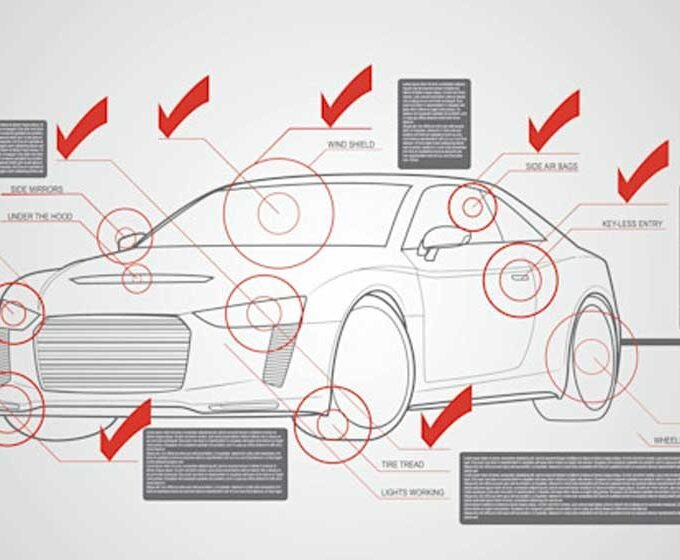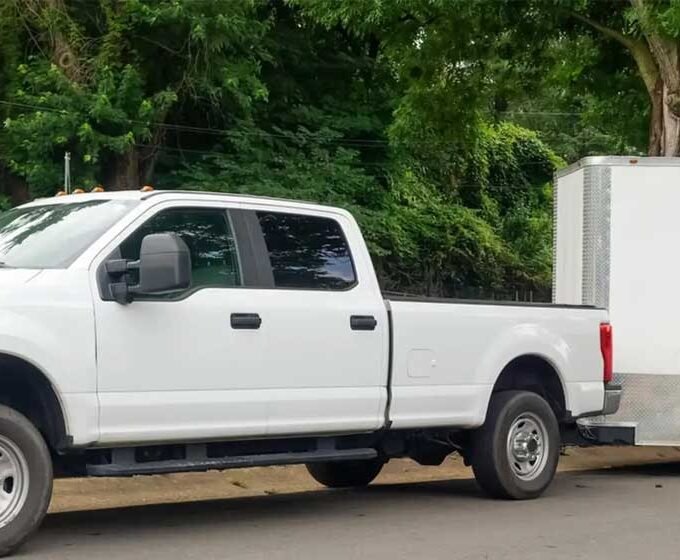Kentucky’s highways often see auto accidents, so both drivers and passengers need to be aware of the state’s auto accident rules. Whether you live in the Bluegrass State or are just visiting, knowing these regulations can assist in safeguarding your legal rights and make sure you know what to do in the case of an accident.
Determining Fault in Kentucky Car Accidents
The process of establishing blame in a collision is among the most significant features of Kentucky’s auto accident legislation. Because Kentucky has a “comparative fault” system, any person involved in an accident can be given a proportion of blame depending on what they did before the crash. This method makes it possible to divide blame for the collision fairly and equally, accounting for things like speeding, inattentive driving, and failing to yield the right-of-way. Gathering evidence at the site of an automobile accident in Kentucky, like witness accounts, pictures, and police records, is essential to bolstering your case and proving the other driver’s fault.
Statute of Limitations for Filing a Car Accident Lawsuit
The statute of limitations for bringing a lawsuit is a significant component of Kentucky’s legislation pertaining to auto accidents. You can approach professional car accident lawyers in Kentucky, resulting from an automobile accident within a year of the incident. The statute of limitations is the term for this deadline, and if you miss it, you may not be able to pursue legal action to recover losses and damages. It’s critical to remember this deadline and act quickly if you think you have a strong case. Speaking with a knowledgeable auto accident lawyer will help you make sure you fulfill all criteria and deadlines before filing a case.
Kentucky’s No-Fault Insurance System
In Kentucky, drivers must have personal injury protection (PIP) insurance to pay their medical costs and lost earnings in the case of a vehicle accident, regardless of who was at fault. This is known as the “no-fault” insurance system. Injured persons wishing to file a claim against the at-fault motorist must first seek reimbursement from their insurance provider under the no-fault system. But under certain conditions, such as if their injuries reach a certain degree of severity, aggrieved parties under Kentucky’s no-fault system are able to go outside of it and sue the at-fault motorist.
Minimum Insurance Requirements in Kentucky
Kentucky drivers must have liability insurance in addition to PIP insurance in order to protect others from harm they can do in the event of an automobile accident. In Kentucky, the minimum requirements for liability insurance are $25,000 per person for bodily injury, $50,000 for bodily injury per accident, and $10,000 for property damage per accident. Although these minimum coverage levels provide a foundational degree of security for drivers and passengers injured in auto accidents, it’s crucial to remember that they can not be enough to pay for all costs in the case of a catastrophic incident. To make sure you’re properly covered, think about getting more coverage than what the state requires.
Steps to Take After a Car Accident in Kentucky
In Kentucky, there are a number of crucial actions you should take after an automobile accident in order to safeguard your safety and defend your legal rights. First, see whether anybody is hurt, including yourself and others, and get help if needed. After that, report the accident to the police and get a copy of the accident report for your records by calling them. Names, contact information, and insurance data should be shared with the other parties involved in the collision. Take pictures of the accident site that show the appropriate road conditions and any car damage. Lastly, to start the claims procedure, report the accident to your insurance carrier as soon as you can. You can contribute to a more seamless resolution of the aftermath of an automobile accident in Kentucky by taking these measures.
Conclusion
All drivers operating vehicles on Kentucky roadways need to be aware of the state’s traffic rules. In the case of an accident, there are a number of important things to remember, from figuring out who is at blame and filing a lawsuit to navigating the no-fault insurance system and fulfilling minimum insurance requirements. You can safeguard your rights and be ready to deal with the fallout from an automobile accident in Kentucky by being aware of these rules and adopting the necessary safety measures.
















